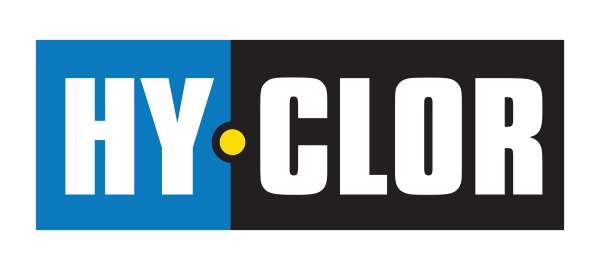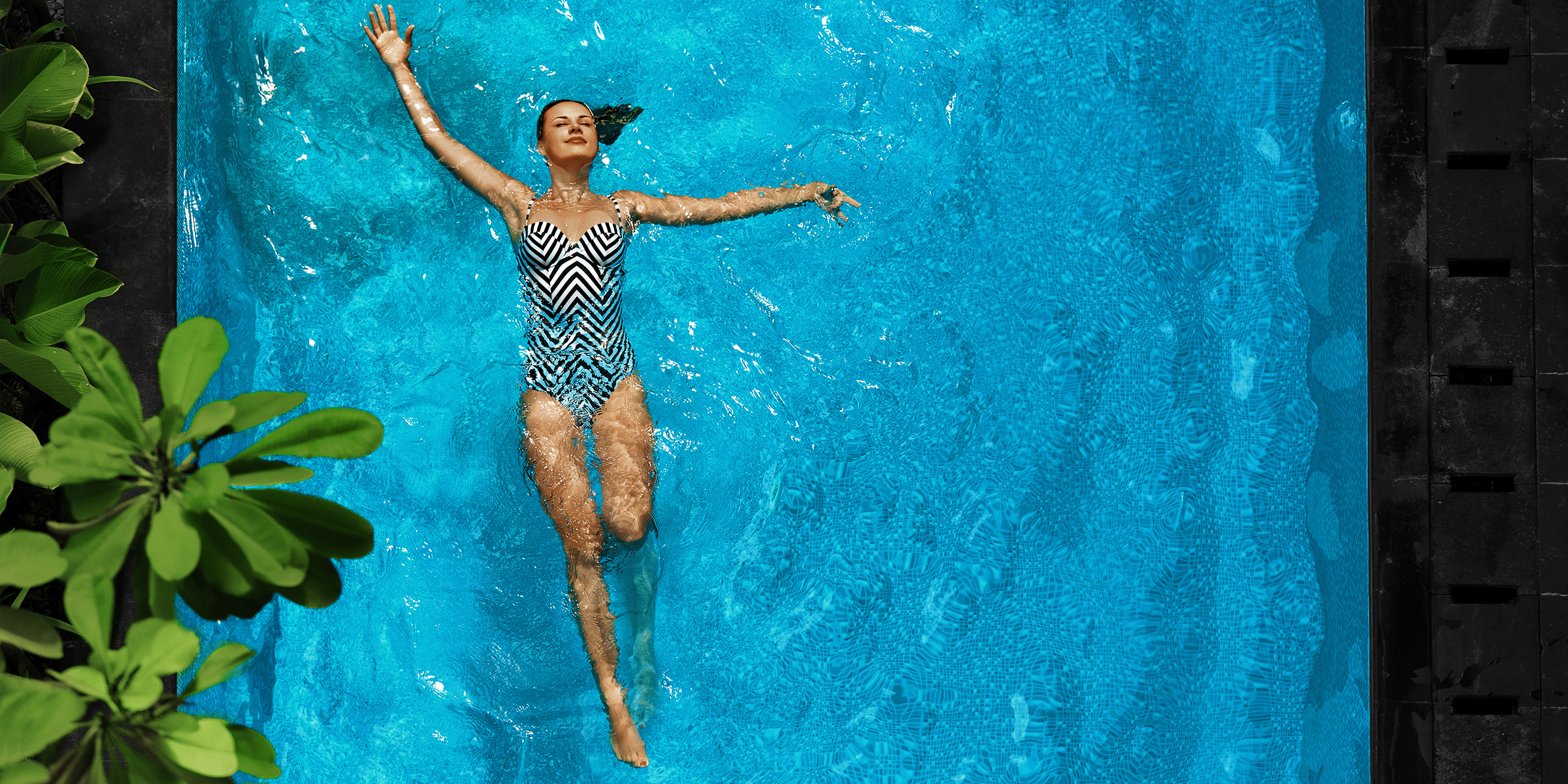An unprimed pool pump can lead to a host of problems, ranging from poor water quality to costly repairs. Avoid these potential pitfalls by following these step-by-step instructions on how to prime a swimming pool pump and protect your investment.
Hy-Clor is your trusted name in pool care, and we’re here to help with expert advice and top-notch products to keep your pool performing at its best. You can count on us to help you keep your pool running smoothly and efficiently!
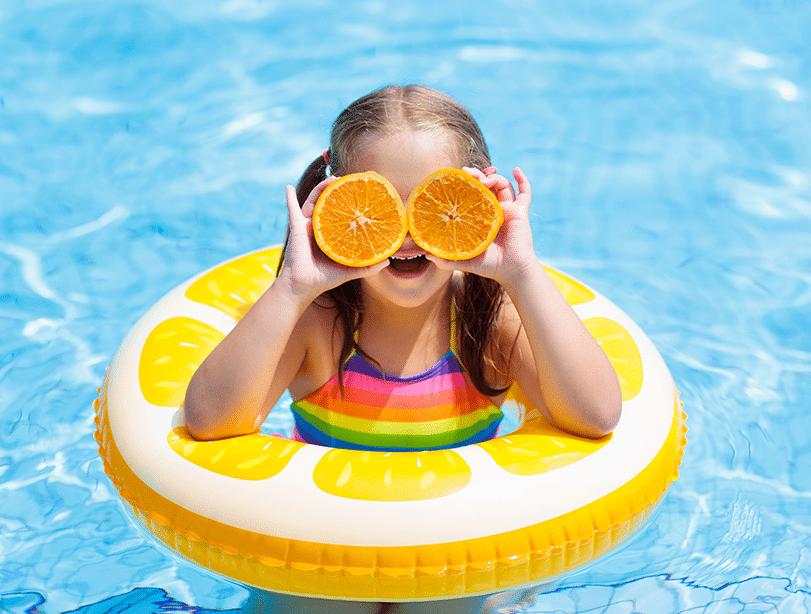
Understanding Pool Pump Priming
Priming is simply filling your pool pump with water to get rid of any air in the pump and its pipes, ensuring it works efficiently.
This process is essential for creating suction and circulating water. Without proper priming, your pump can’t do its job, which can lead to all sorts of problems.
Priming is necessary for:
- Efficient water circulation
- Preventing motor damage
- Maintaining water quality
By mastering prime techniques, you can extend the life of your pool pump and keep your pool looking great! Next, let’s delve into how to prime a pool pump.
Step-by-Step Guide to Priming a Pool Pump
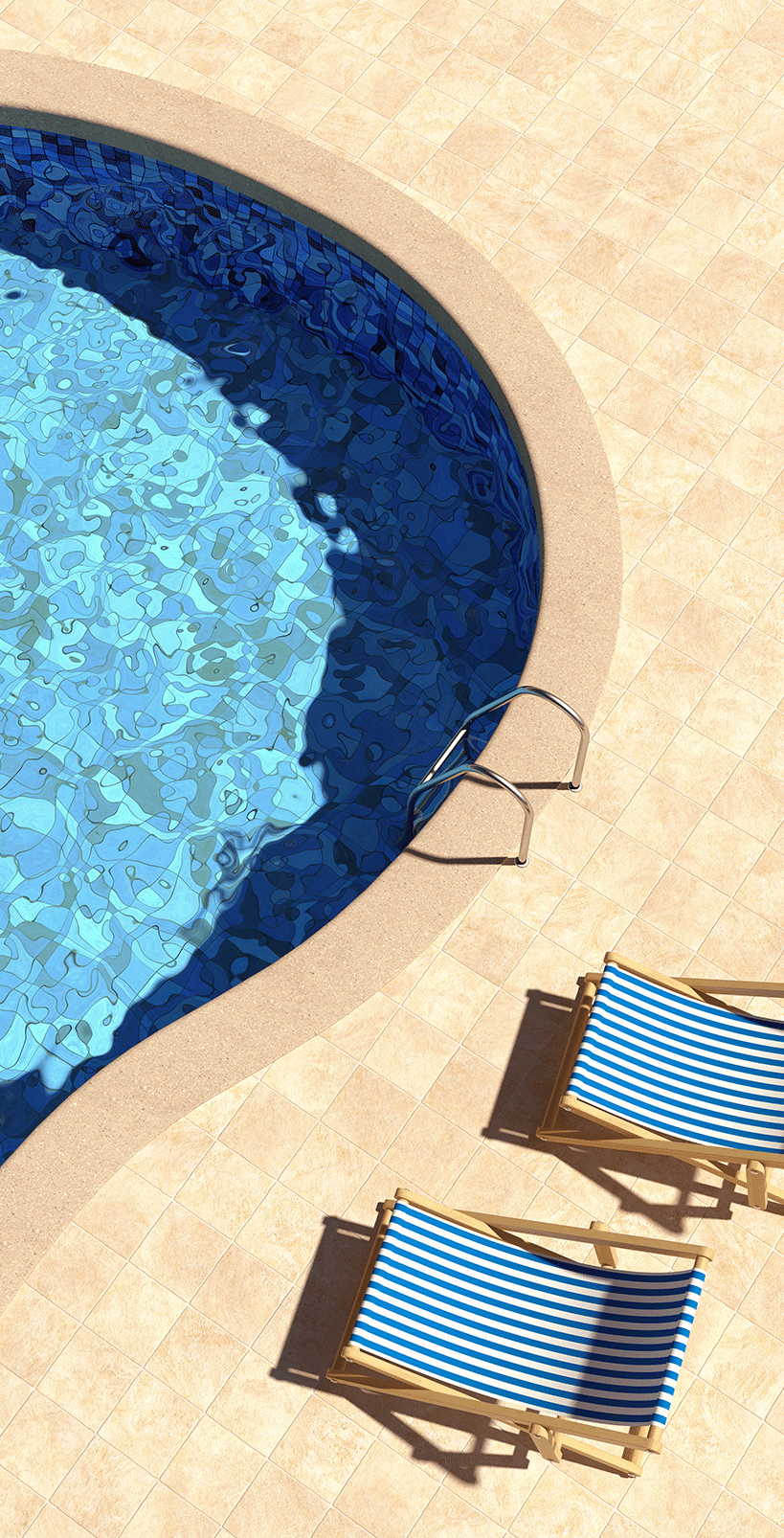
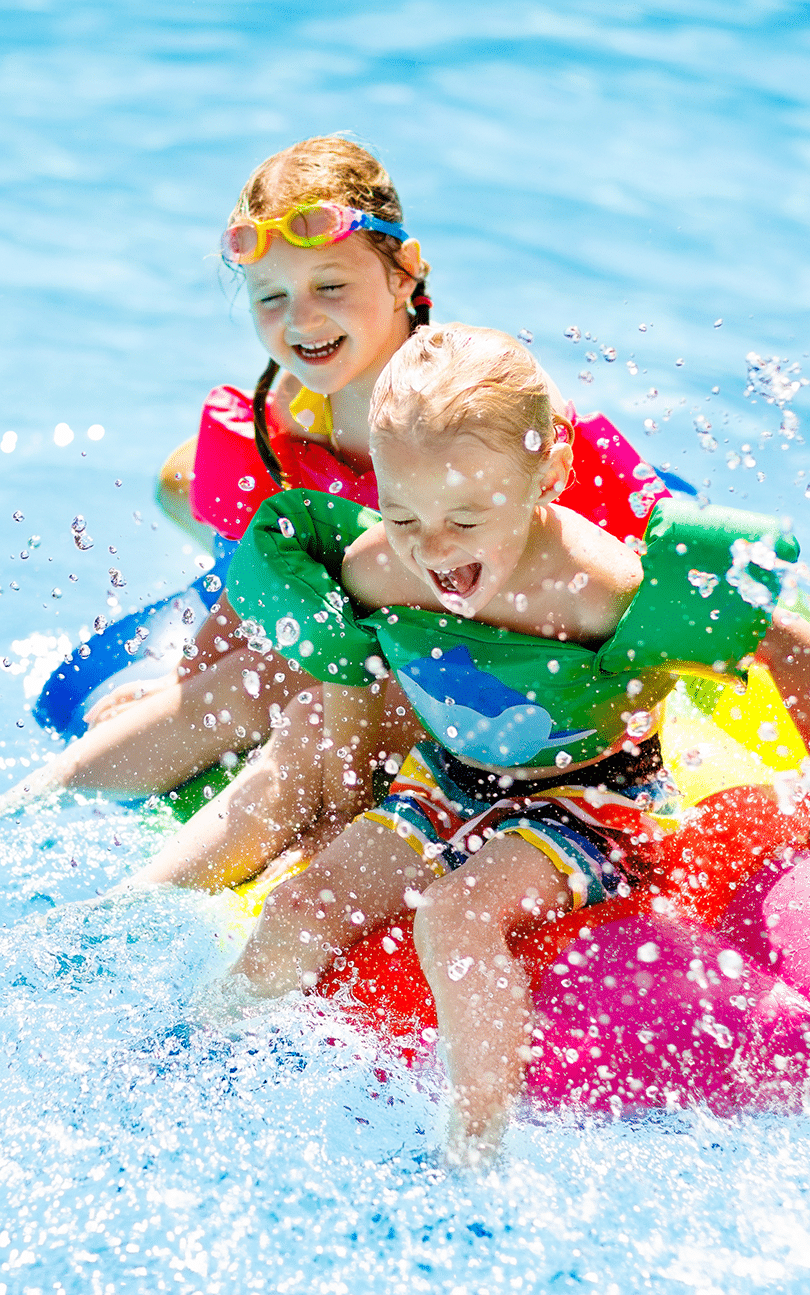
Maintenance Tips for Optimal Pump Performance
Regular maintenance of your pool pump is essential for its longevity and optimal performance.
Here are some key practices to incorporate:
To avoid priming problems, consider these tips:
Routine checks are essential for spotting minor issues before they escalate.
FAQs About How to Prime a Pool Pump
A pool pump may need priming if you notice it’s not moving water as efficiently as it typically does, or if there are significant amounts of air bubbles in the pump basket or pool return lines. Additionally, a pool pump that makes louder than usual noises or takes longer to start could also indicate it needs priming.
Priming a pool pump usually takes between 1 to 5 minutes, depending on the particular system and how much air needs to be purged.
If the pump hasn’t primed within a few minutes, it’s advisable to stop the pump and troubleshoot for air leaks or obstructions in the plumbing line that might be preventing proper water flow.
Yes, self-priming pool pumps are available. This means they can automatically remove air from the system and draw in water when turned on. However, self-priming still requires that the pump housing be filled with water to start the process initially.
A properly primed pool pump runs smoothly and quietly, with no visible air bubbles in the pump basket or pool return lines. Water should be flowing steadily through the system, and the water pressure on the gauge should be at normal operating levels for your specific setup.
The pool’s water circulation should also be effective and efficient, maintaining clean and clear water.
Keep Your Pool Pump Running Smoothly With Hy-Clor
Knowing how to prime a pool pump ensures efficient water circulation, prevents damage to your equipment, and keeps your pool sparkling clean.
Hy-Clor offers a range of high-quality pool maintenance products designed to work seamlessly with your pump. From powerful cleaning chemicals to innovative pool tools, we have everything you need.
Discover more about pool care and maintenance tips on our website, and don’t forget to subscribe to our newsletter for exclusive offers and expert advice delivered straight to your inbox.
Let’s make this pool season the best one yet!



